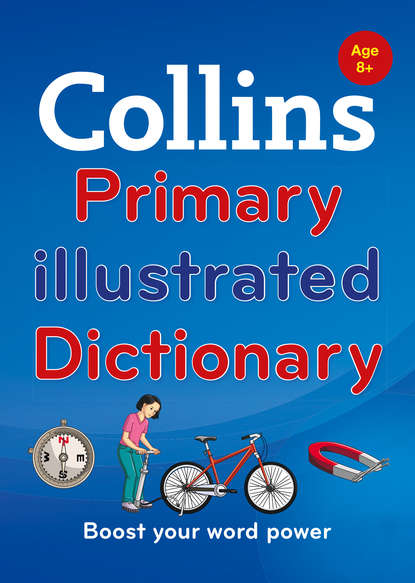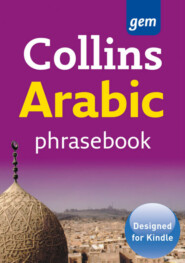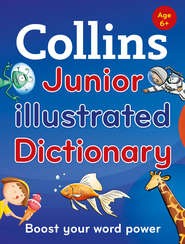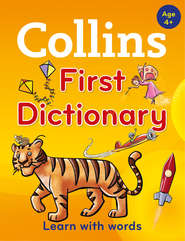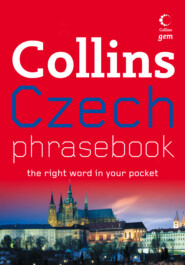По всем вопросам обращайтесь на: info@litportal.ru
(©) 2003-2025.
✖
Collins Primary Illustrated Dictionary
Автор
Год написания книги
2019
Настройки чтения
Размер шрифта
Высота строк
Поля
Vv (#litres_trial_promo)
Ww (#litres_trial_promo)
Xx (#litres_trial_promo)
Yy (#litres_trial_promo)
Zz (#litres_trial_promo)
Word Wizard (#litres_trial_promo)
2D shapes (#litres_trial_promo)
3D shapes and angles (#litres_trial_promo)
Numbers and fractions (#litres_trial_promo)
Time (#litres_trial_promo)
Parts of speech (#litres_trial_promo)
Prepositions (#litres_trial_promo)
Prefixes (#litres_trial_promo)
Suffixes (#litres_trial_promo)
Where words come from (#litres_trial_promo)
Tips for tricky words (#litres_trial_promo)
Punctuation (#litres_trial_promo)
The Earth and Space (#litres_trial_promo)
The Solar System (#litres_trial_promo)
The Earth (#litres_trial_promo)
The Moon (#litres_trial_promo)
Continents (#litres_trial_promo)
Mountains, rivers, and oceans (#litres_trial_promo)
Flags of the world (#litres_trial_promo)
Index (#litres_trial_promo)
Picture credits (#litres_trial_promo)
About the Publisher (#litres_trial_promo)
Using this dictionary (#ulink_0286f11e-3769-56a1-8c70-928f39868d2a)
A dictionary helps you to find out what a word means and how to spell it correctly. The words in a dictionary are arranged in alphabetical order.
How to find a word
Think of the first letter in the word you want to look up. Once you know this, there is more than one way to find your word in the dictionary:
• You can use the Index (#litres_trial_promo) at the back of the ebook which lists all of the dictionary words in alphabetical order. Scroll through the Index until you find the letter your word begins with, then look down the words until you find the one you are looking for. You can then follow the link to the entry in the dictionary.
• You can use the Contents (#ud51cc703-19ae-5f8b-9e7b-2459f5780074) page at the front of the book, which has a link to every letter in the dictionary. Follow the link to the letter your word begins with, then look through the entries in this letter until you find the word you are looking for.
Finding your way around the dictionary
1. The headword is the word you are looking up.
2. After the headword there can be other forms of the word, such as plural nouns, verb tenses, and comparative and superlative adjectives.
3. The part of speech tells you what type of word the headword is, such as a noun, verb, adjective, adverb, or pronoun.
4. The definition tells you what the word means.
5. If the headword has more than one meaning, each meaning has a different number.
6. Sometimes there is an example to show how the word is used.
7. A pronunciation shows you how to say a difficult word.
8. A word history tells you where a word originally came from.
9. Some entries have a related word, such as a noun, adjective, or adverb made from the headword.
10. Synonyms, or words that you can use instead, are given for some words.
11. Antonyms, or words that have the opposite meaning, are given for some words.
Other features of this dictionary
• Some headwords can be spelt in more than one way.
medieval; also spelt mediaeval
age ages, ageing or aging, aged
• Sometimes definitions include a label, such as FORMAL, INFORMAL, or TRADEMARK. This tells you a little more about the word or how it is used.





